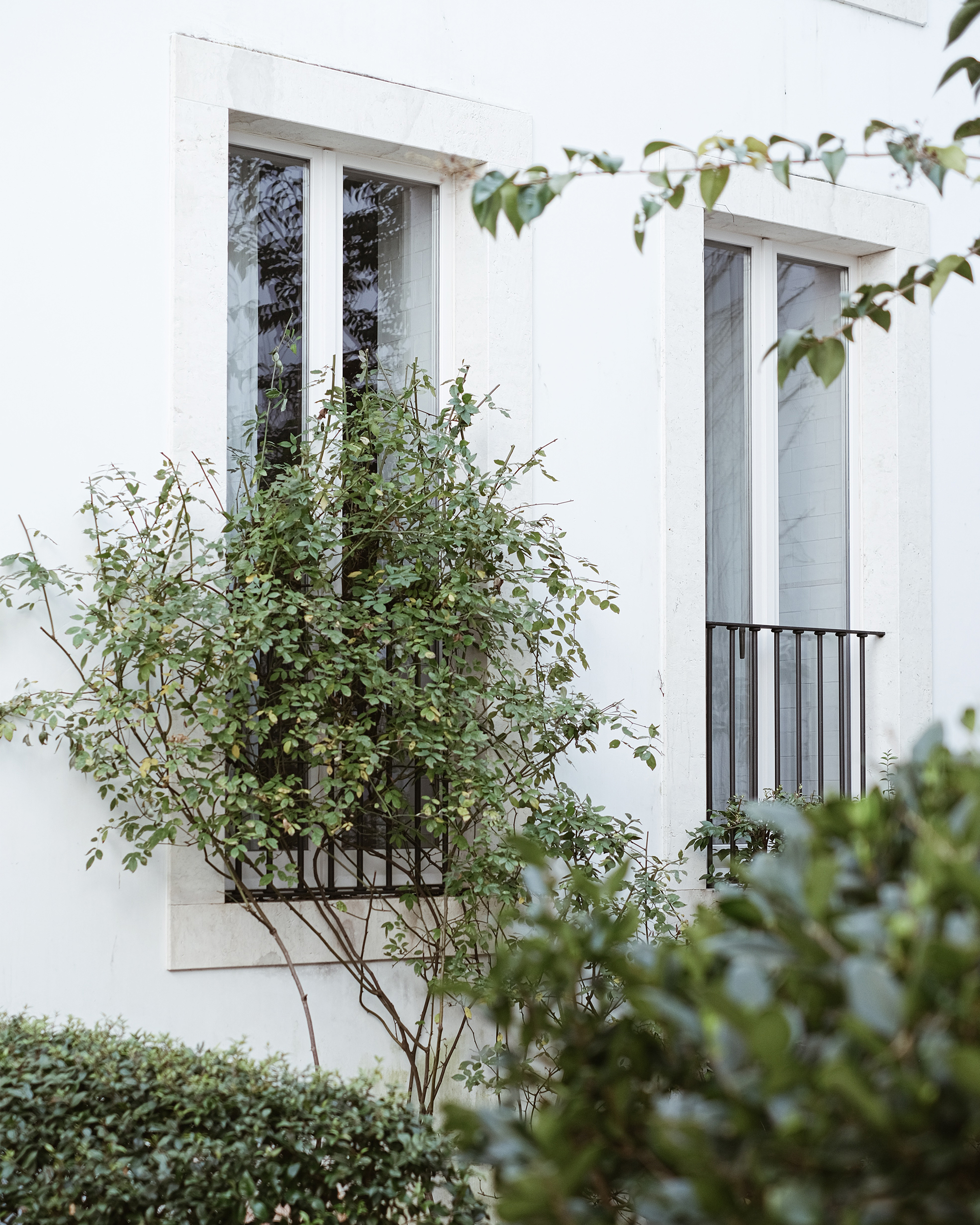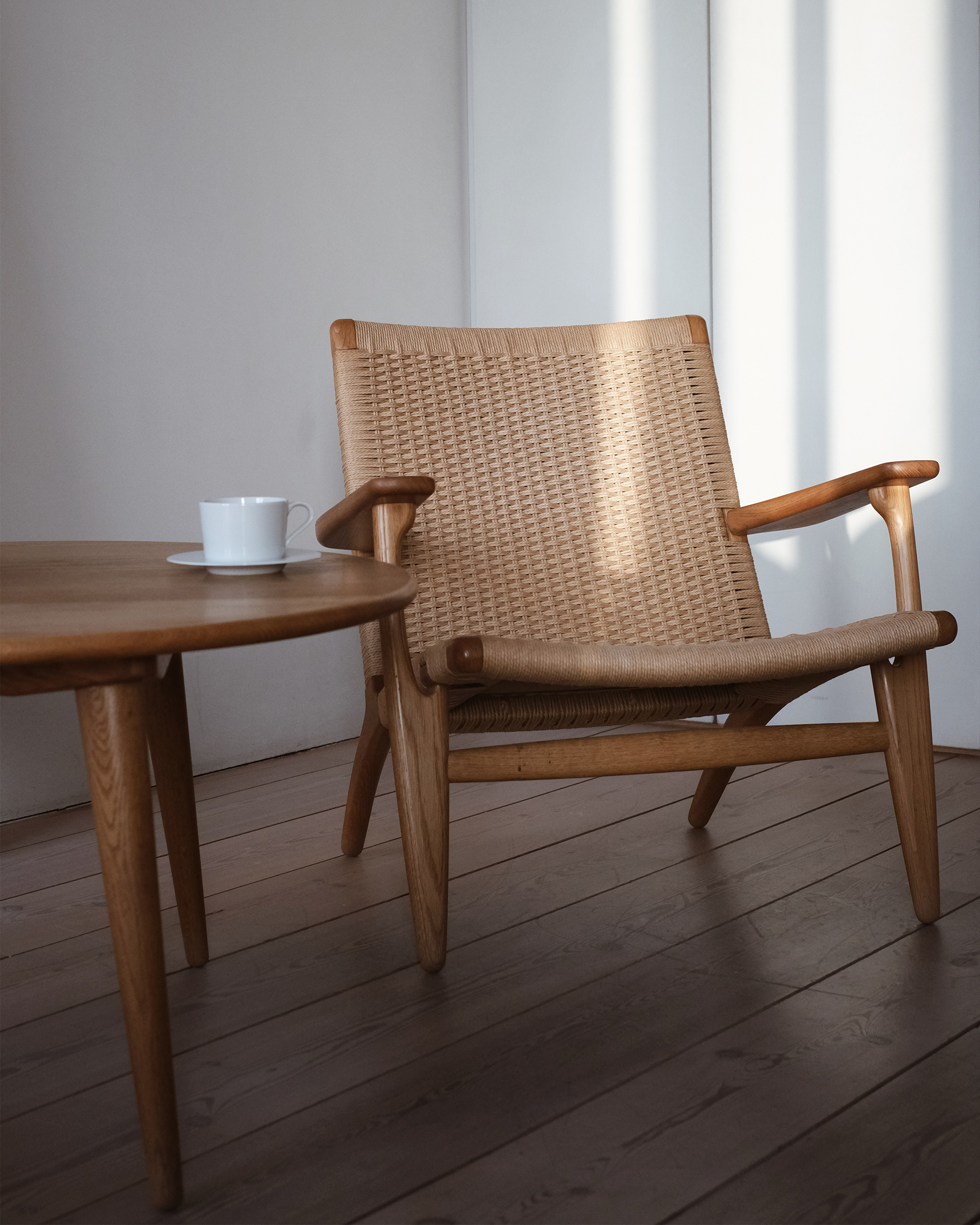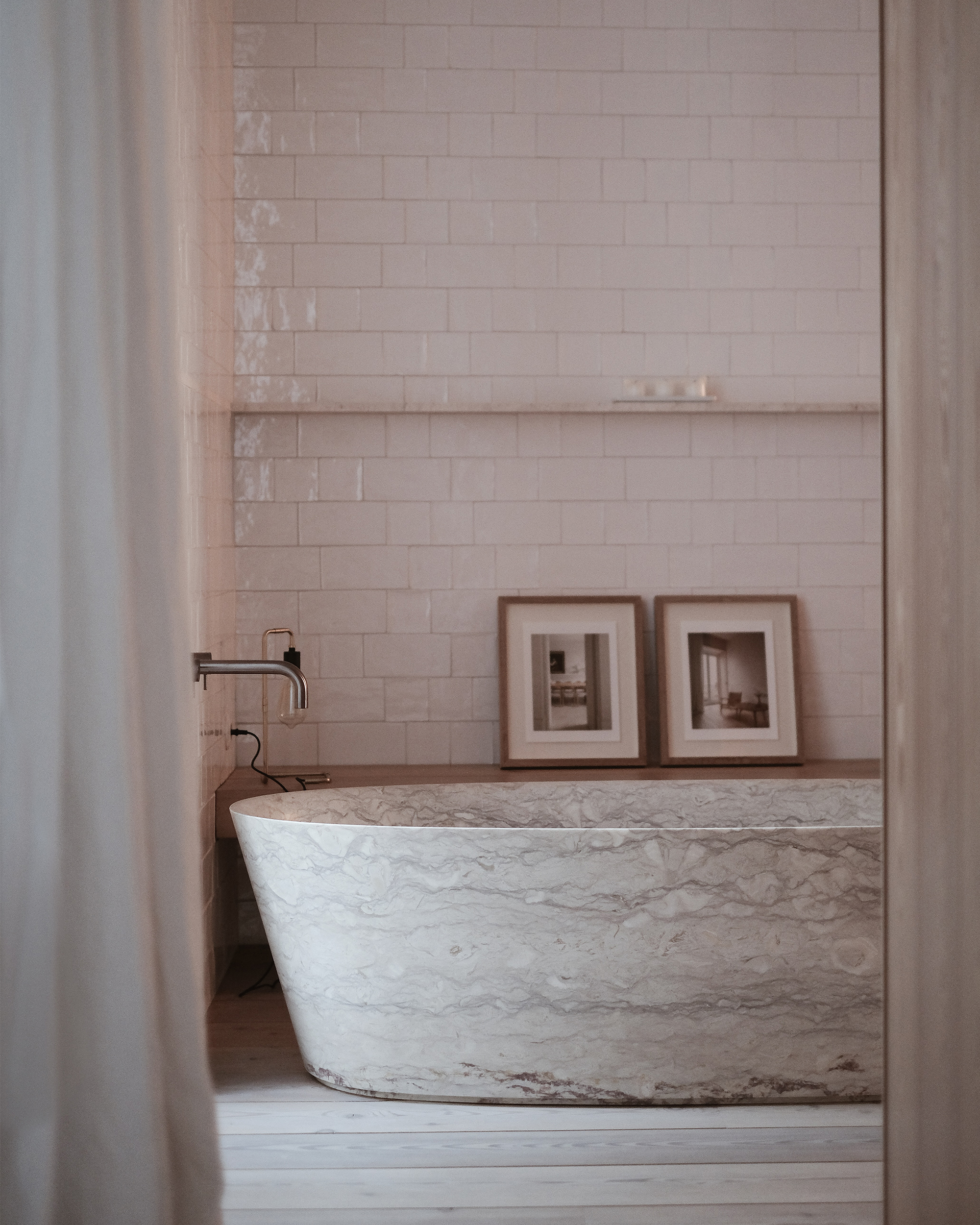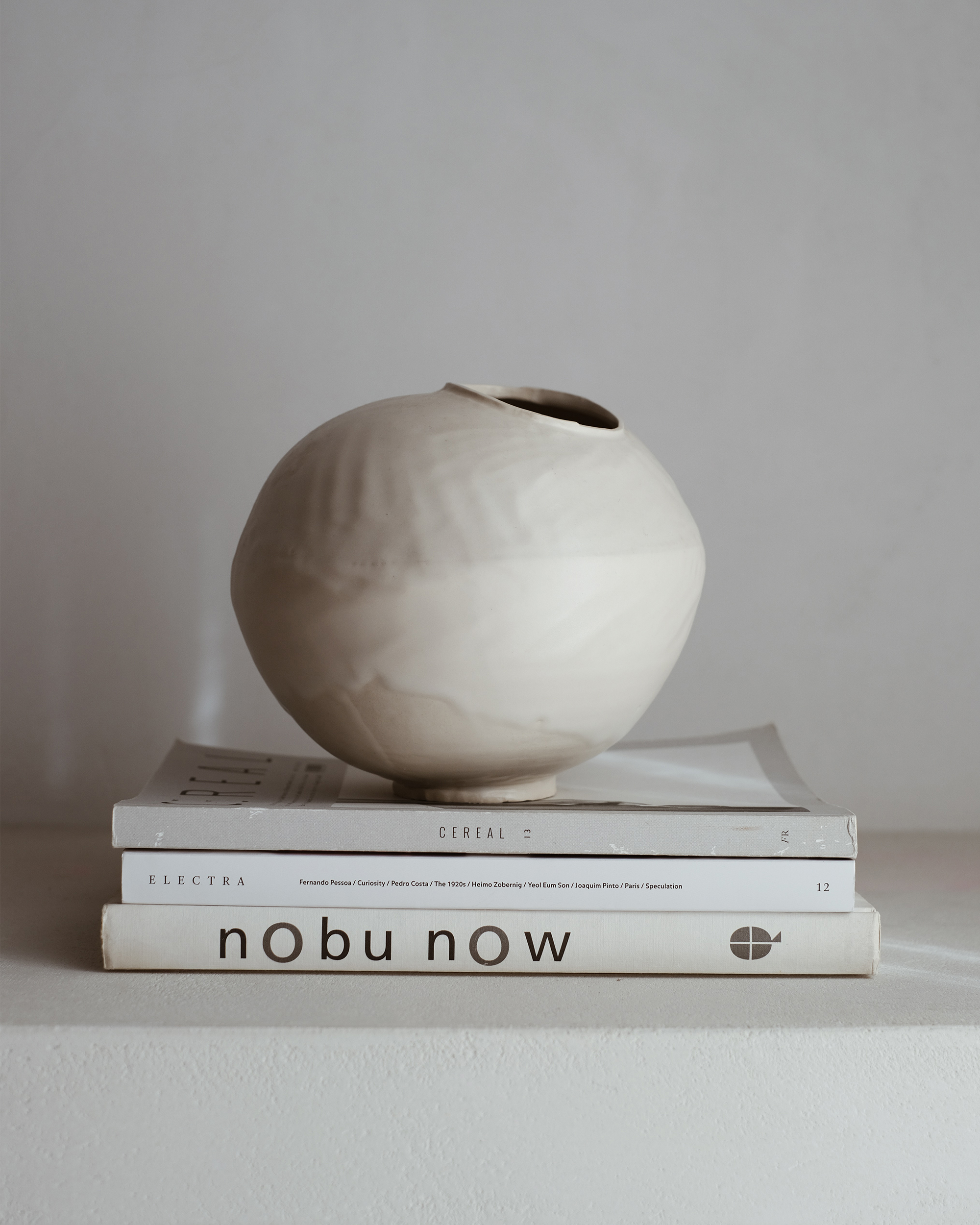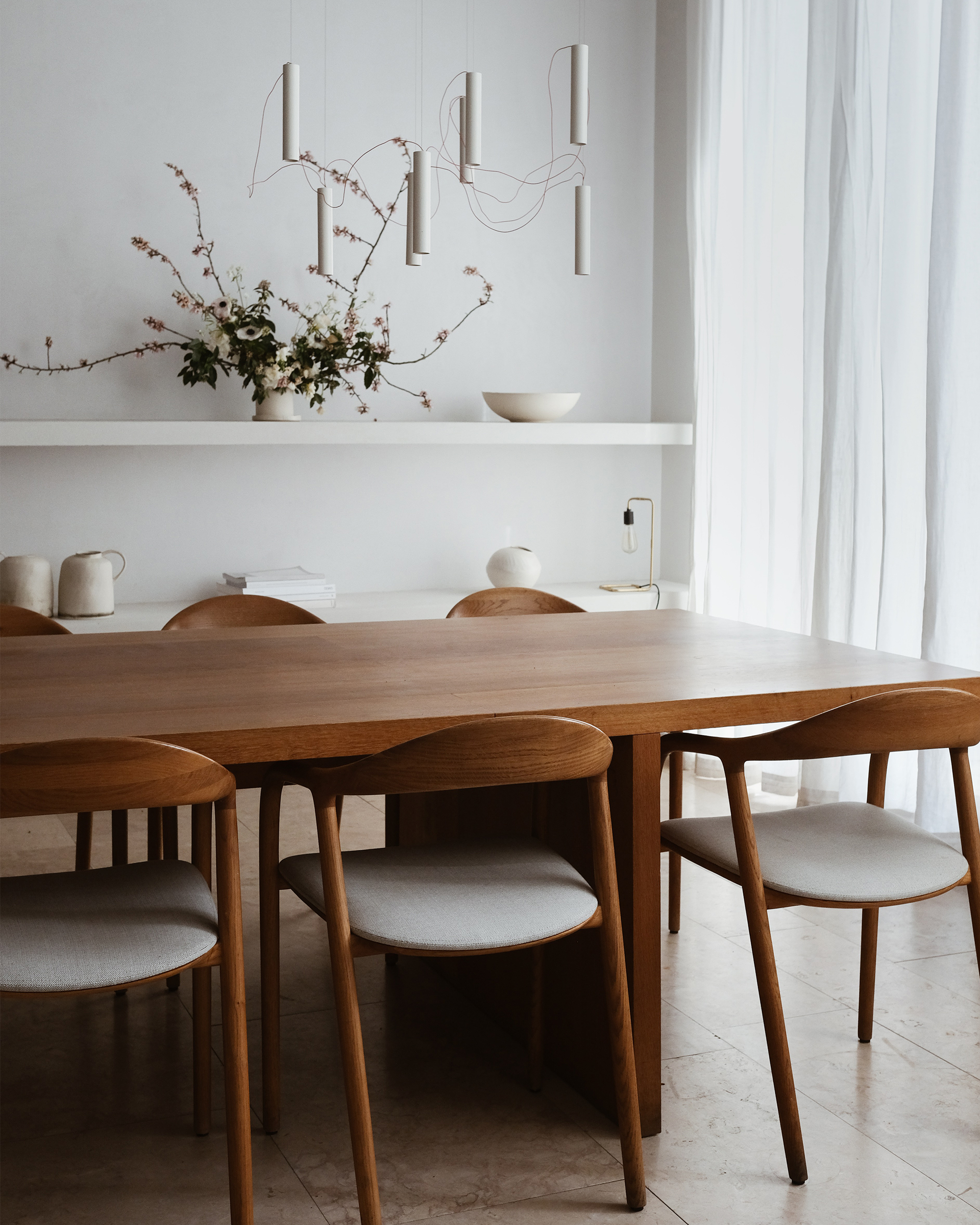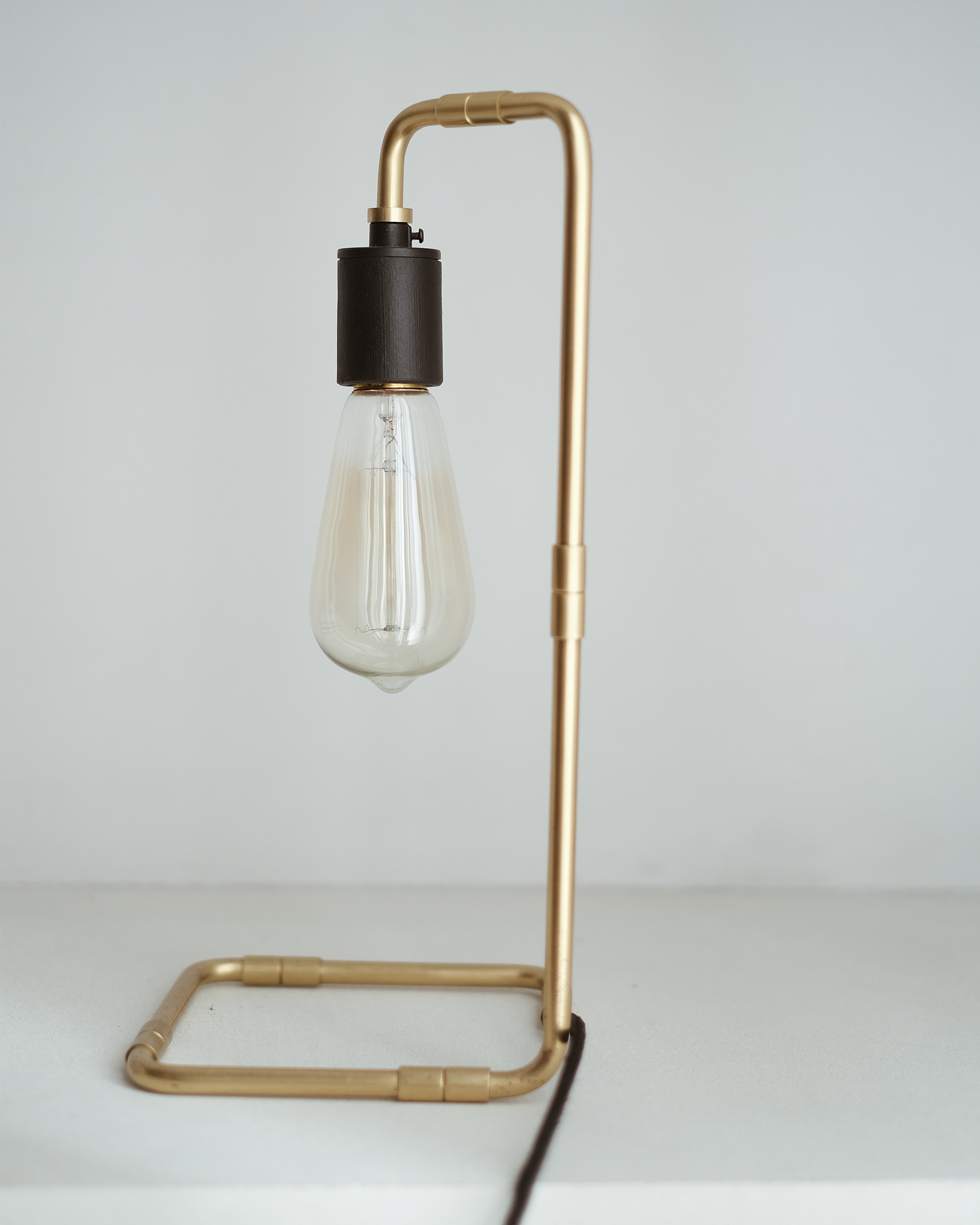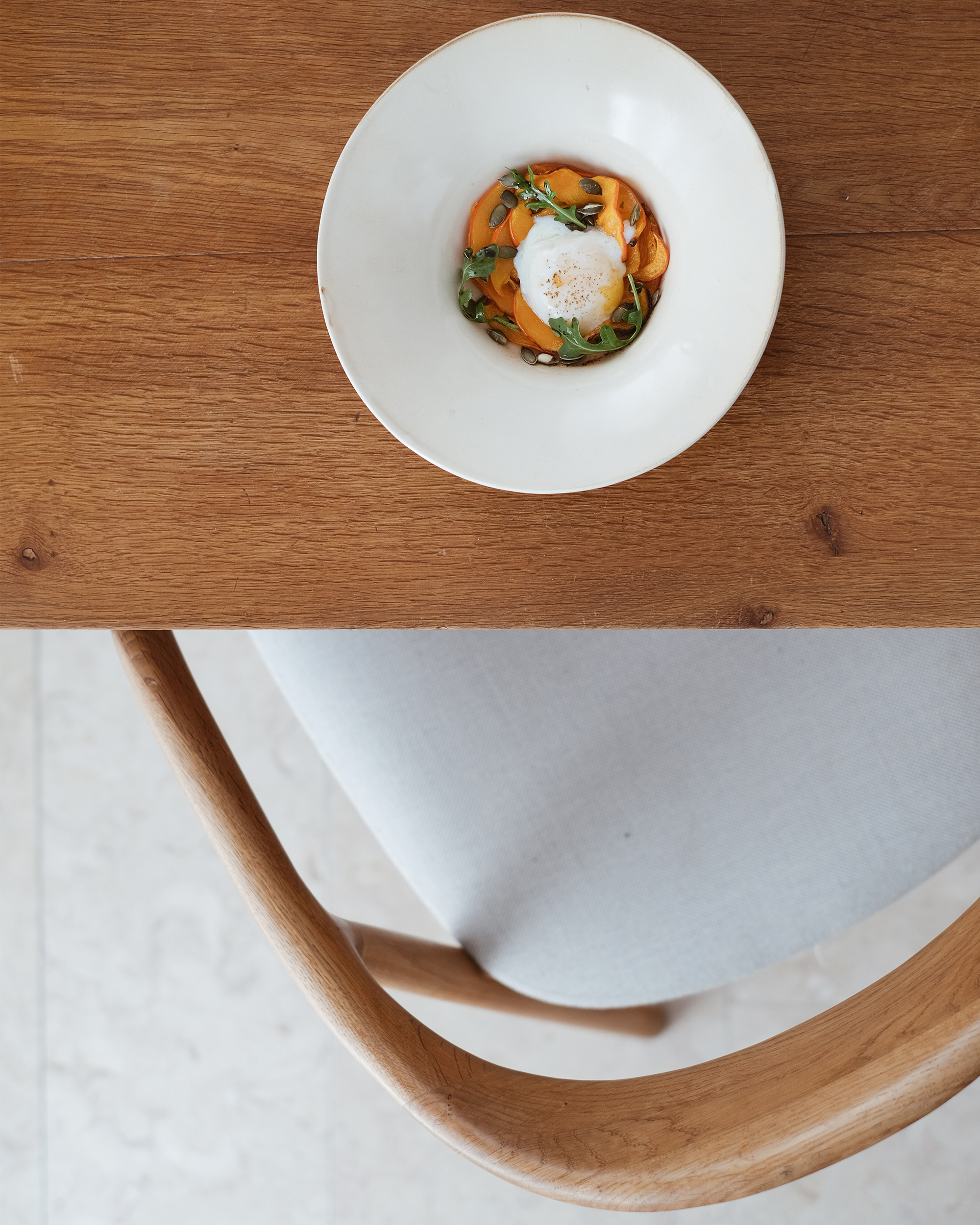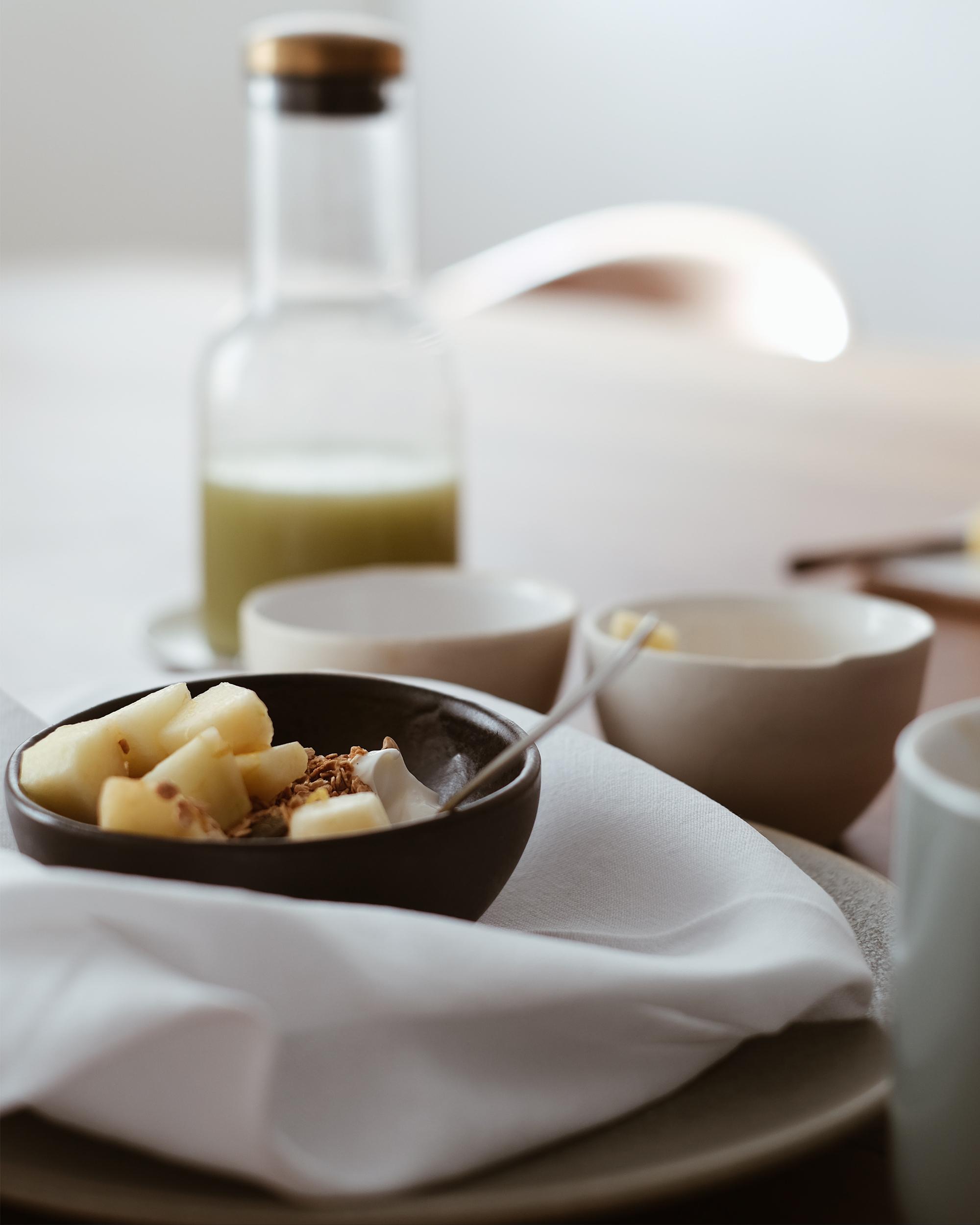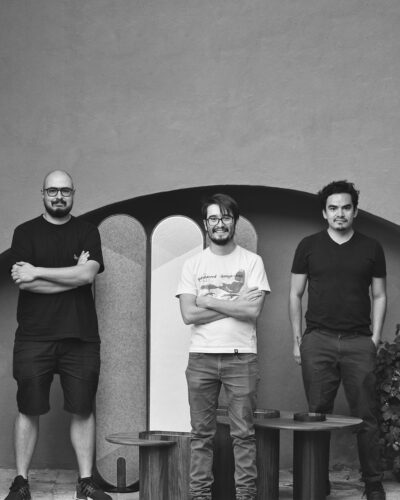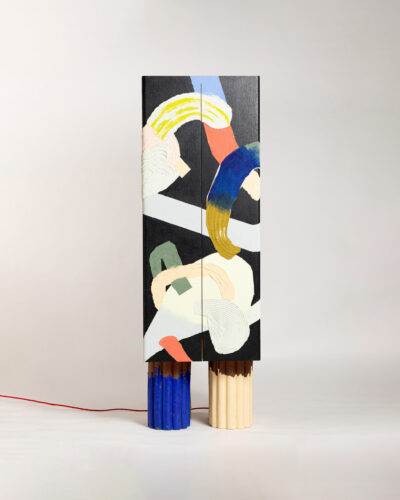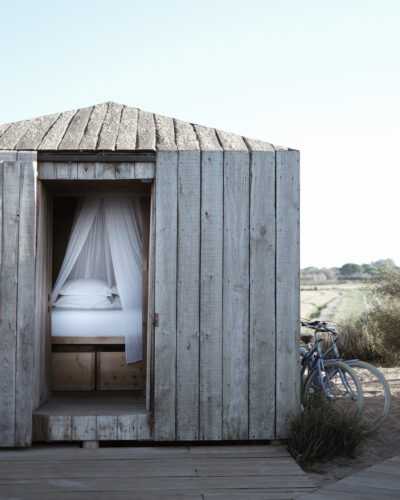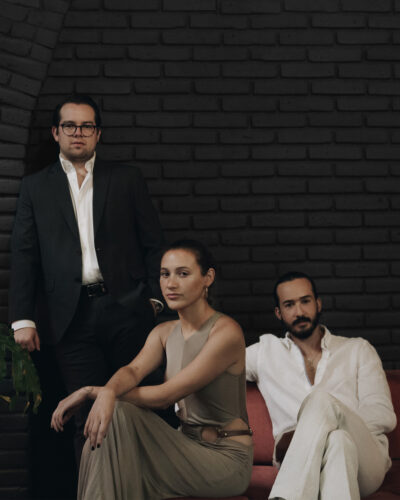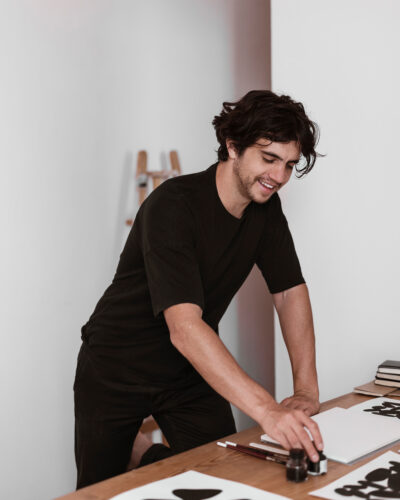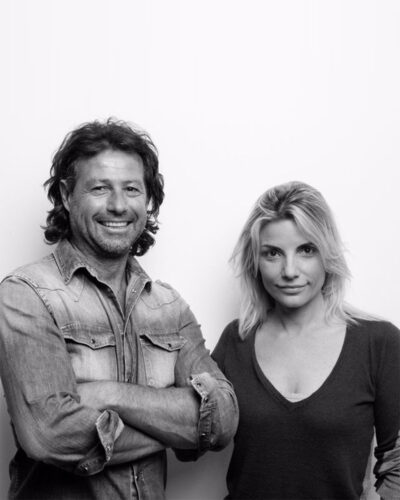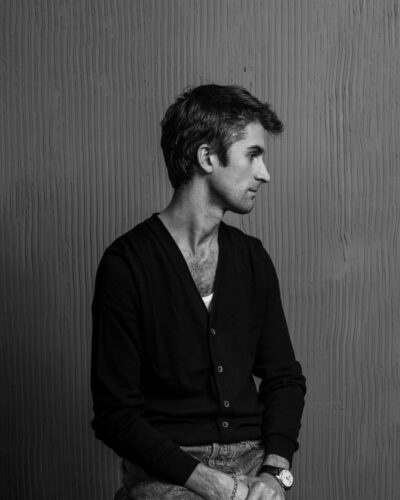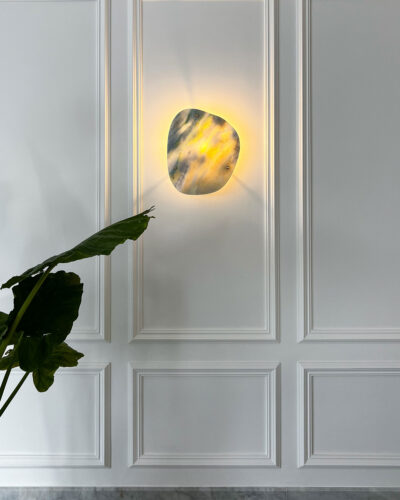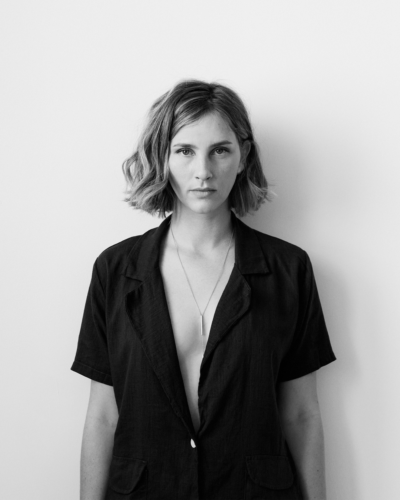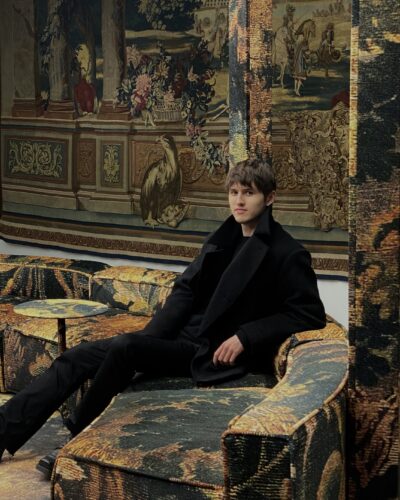This website uses cookies so that we can provide you with the best user experience possible. Cookie information is stored in your browser and performs functions such as recognising you when you return to our website and helping our team to understand which sections of the website you find most interesting and useful.
The idea of ‘home’ is particularly poignant for João Rodrigues, the Founder and Owner of Silent Living, having spent his life working as a pilot, caught in the constant to-and-fro of travelling and returning. “I love flying, it is in my blood – my father did [the same job] for 36 years. I think it’s a beautiful job, not only are you bringing people together and connecting continents, but it’s also a chance to experience different cultures, food, music.”
The excitement of new lands and novel experiences are best enjoyed in contrast to the comforts of home, and so in his native country of Portugal, Rodgrigues established Silent Living, offering its guests a true home-away-from-home. Designed to be experienced and enjoyed, Rodrigues notes that, “Silent Living is hard to define because it doesn’t have a place where it starts or a moment where it finishes.”
Embodying all that is most lovely about the experience of home, Silent Living is a collection of five beautifully-designed properties that eschew extravagance in favour of a more humble and homely approach to luxury. Rodrigues also takes a straightforward and simple approach to hospitality, which he learned from his family who welcomed people into their homes with open arms. “My parents and grandparents taught me that whenever you give something it should be the absolute best that you can give.”
From a pair of tiny fishermen’s huts on the river Sado to an ultra-modern architectural masterpiece in Monsaraz – Silent Living takes many forms. Having worked with the Architect Manuel Aires Mateus on each of the five properties, together Rodrigues and Mateus have created an architectural language that is both contemporary and traditional, pared-back yet full of character. “Architecture has an important presence in our projects, as it’s through architecture and aesthetics that we try to inspire people – it’s how we try to touch their lives during their stay with us.”
Rodrigues and Mateus have shared values in terms of design, place, heritage and history, and both are inspired by the stories that unfold about and around each building, often using these narratives as the basis of their redesign. “It is through our dialogue – the energy and strength between [myself and Manuel] – that this project has worked,” notes Rodrigues. “We develop the projects through learning about their heritage … and we always try to represent the local – we never build with materials that come more than half-an-hour away from the houses, and we also try to respect local craftsmanship too.”
“It’s about the integrity between the person and the space – the house, the architecture and the location, [for us] it’s always about this.”
Casas Na Areia, a cluster of small fishermen’s houses that are loosely arranged in a horseshoe shape near the coast in Comporta, was the starting point for Silent Living. Renovated with great sensitivity and care, Rodrigues notes that this project – the first for him and Mateus – the intention was to, “Represent how people would have lived 100 years ago in a hut close to the beach. That’s why the floor is in sand, and why we have used straw – which is grown on the margins of the nearby river, the Rio Sado. It is also the reason why we have the [four] little houses, because, traditionally, you would never have been able to heat a [larger building].”
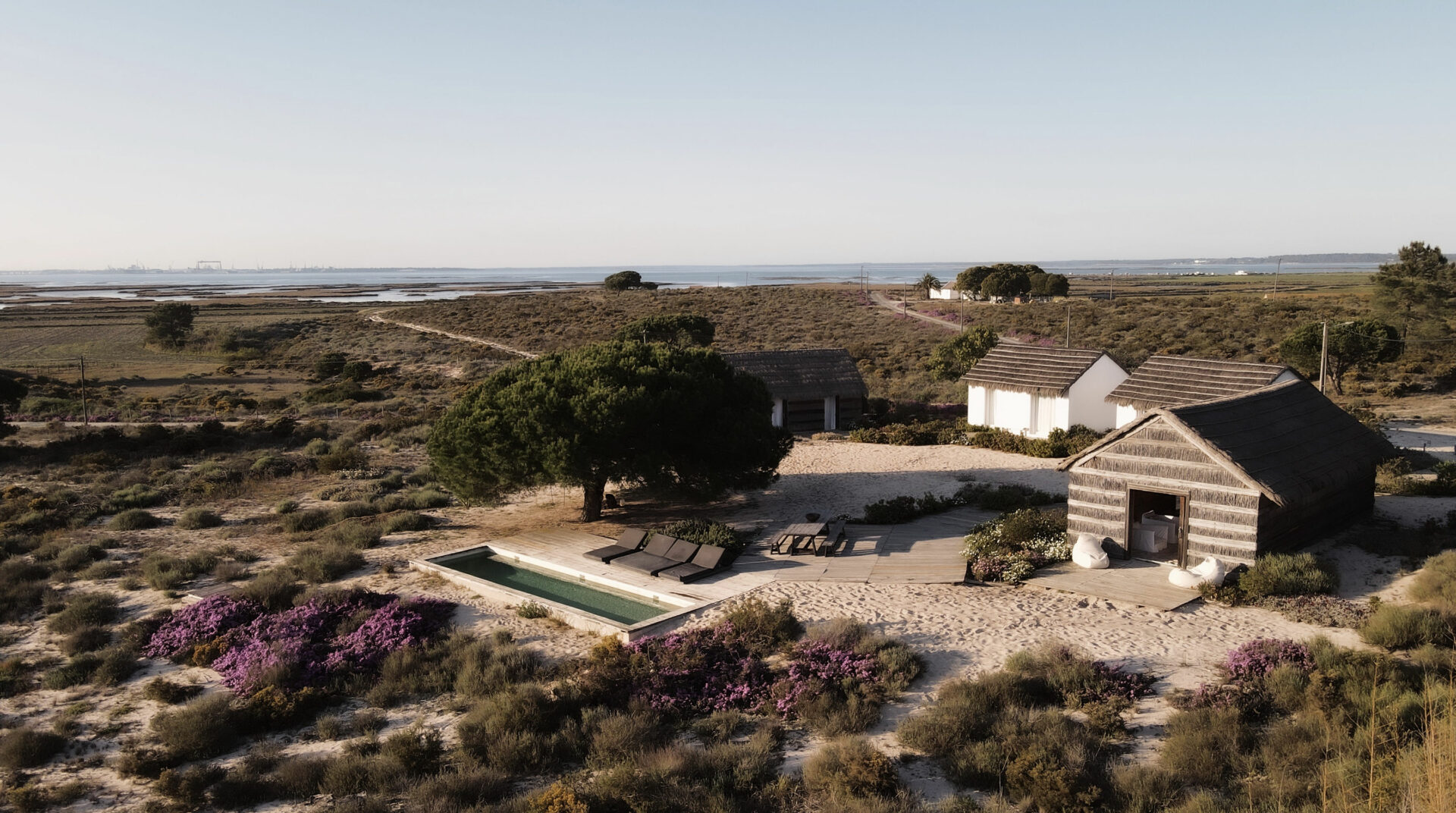
The buildings themselves are charmingly simple, like children’s drawings come to life: four walls, large rectangular openings, and a pitched and thatched roof. As ever, the beauty is found in the details: the textures are raw and worn and the colour palette is muted and sun-bleached. The properties sink into the landscape around them, in perfect harmony, and the floor-to-ceiling windows and doors connect the inside with the outside. The conversation with the environment spills into the interior, with a thick layer of sand that covers the floor of the living and dining space, and walls that are quilted with reeds.
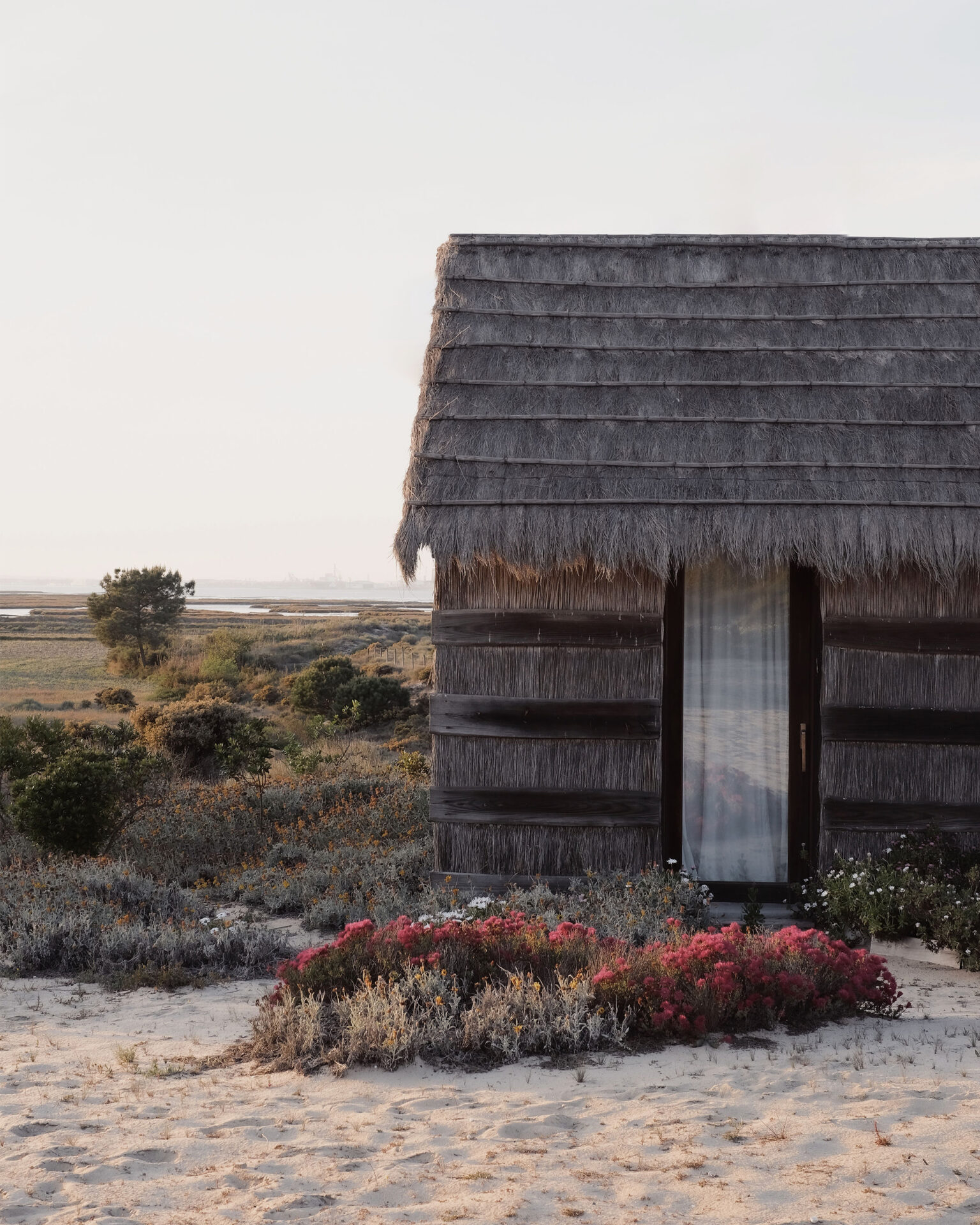
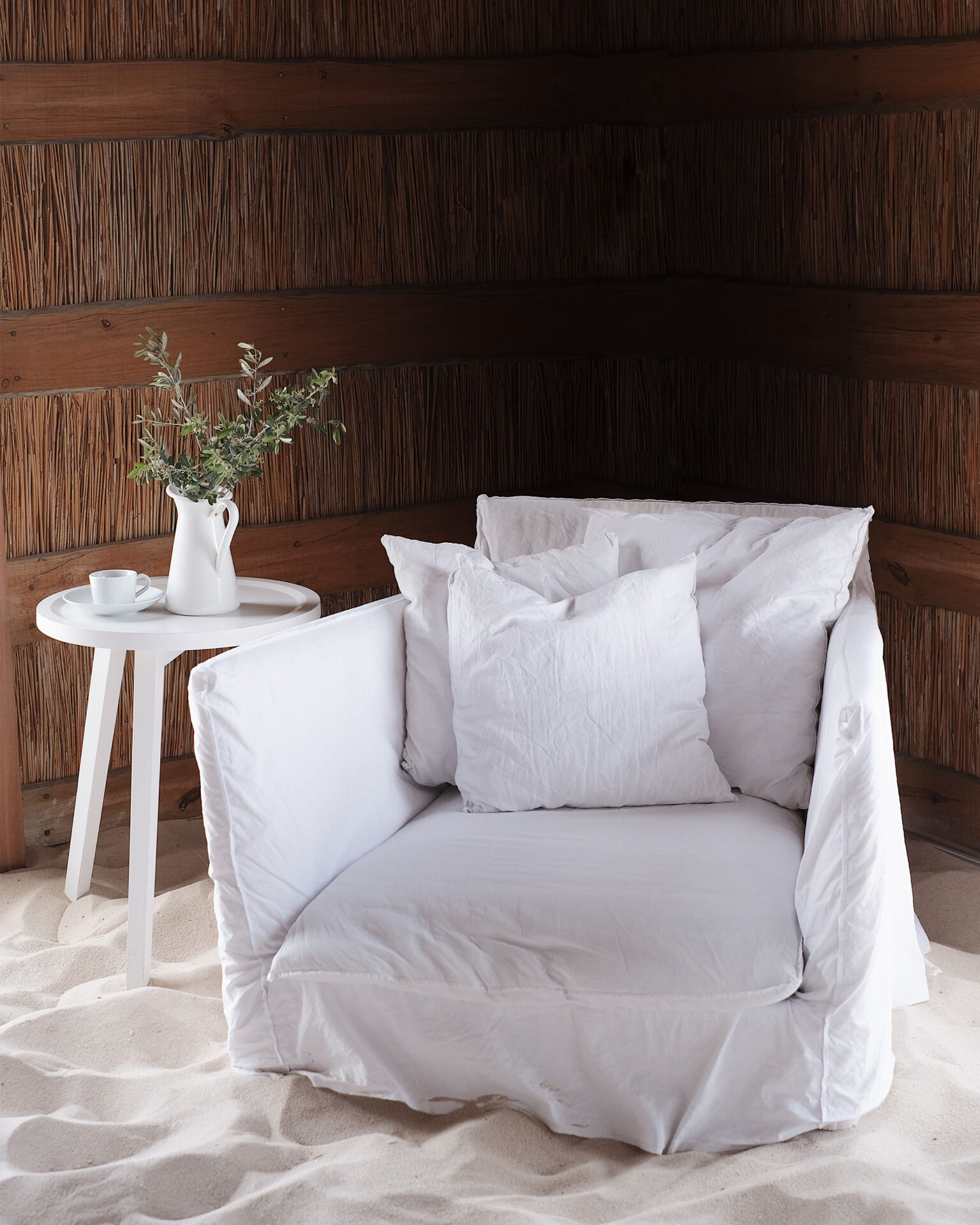
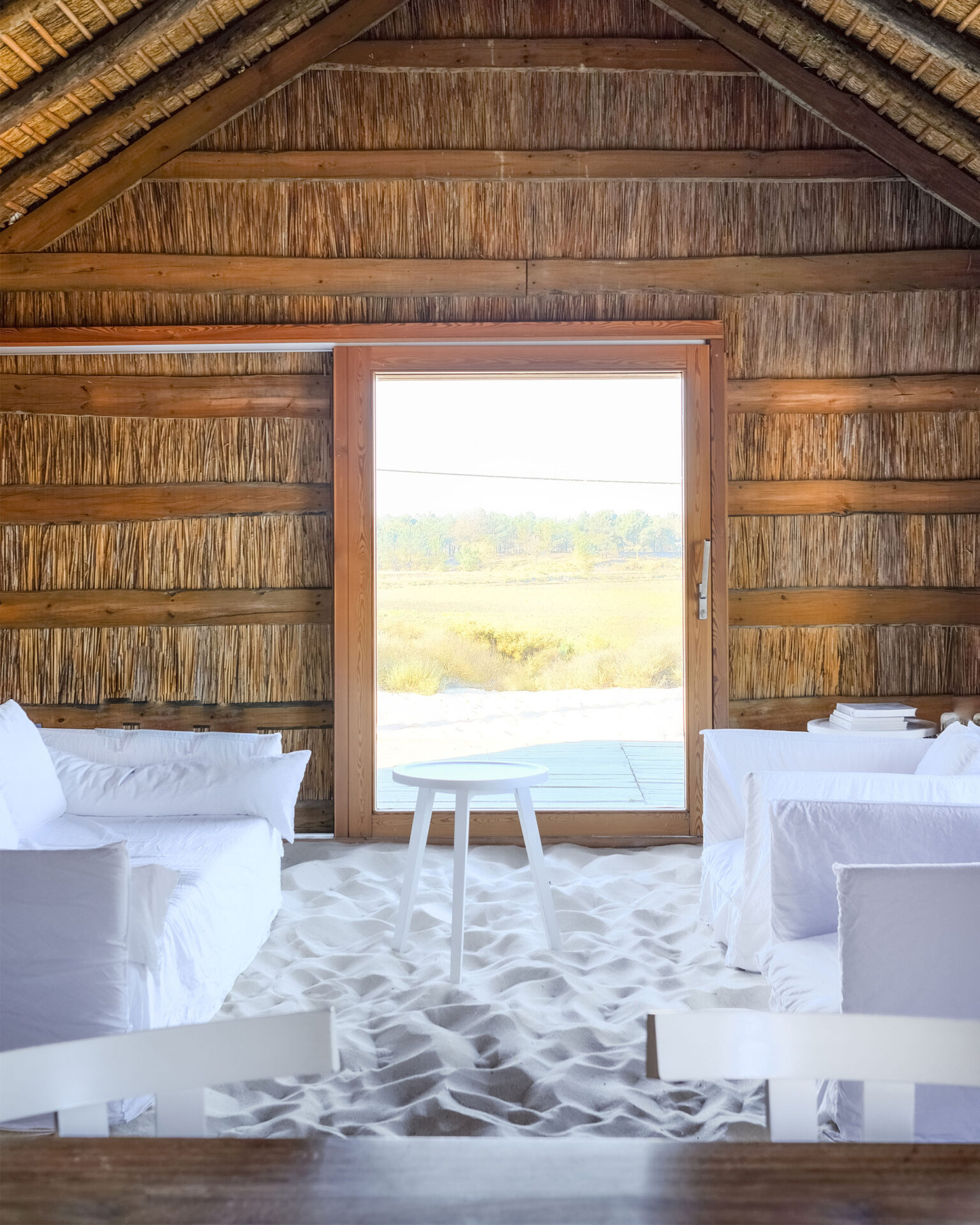
“Each of the houses represents a way of living, a certain lifestyle – there is a reason for the architecture of each location.”
The pared-back interior offers much beauty but little distraction – a thread that runs through each of the homes designed by Silent Living. “People think that [a vacation] is about new experiences and creating unique moments, but honestly I think it’s something much more basic that people long for. It has to do with simplicity, with the most basic things.” The subtle and skillful interiors invite stillness and quiet into the space. Taking care to choose pieces that convey quality, craftsmanship and a certain sense of timelessness, Rodrigues is attracted to the complexities and nuances of each and every object. “When you choose interiors it has to do with lots of things – the quality of the products, how well they are designed, how ergonomic they are, the materials that they use, how they will last and how they will age … It is generally an easy and simple act of getting to the right interior – though it does take time.”
Crucial to the success of Silent Living is Rodrigues’ relationship to each space, which is deeply personal, as he and his family spend time in each of the five properties, experiencing its architecture and atmosphere. Through a process of observing and adjusting, the space takes on the ineffable quality of a home: somewhere that has been enjoyed, cherished and lived in.
“A friend of mine calls these spaces my ‘little corners’ – which I love”
Rodrigues and Mateus came together once again to create the second iteration of Silent Living – Cabanas No Rio, an intimate space on the banks of the Sado river in Comporta. “These two fisherman’s cabins represent how a fisherman might live – where he would leave his nets and his gear … and with a little getty over the river.” The twin spaces are somewhat reminiscent of the artist Derek Jarman’s home, Prospect Cottage, in Dungeness on the east coast of England, which shares a similarly modern silhouette and an equally intriguing sense of isolation.
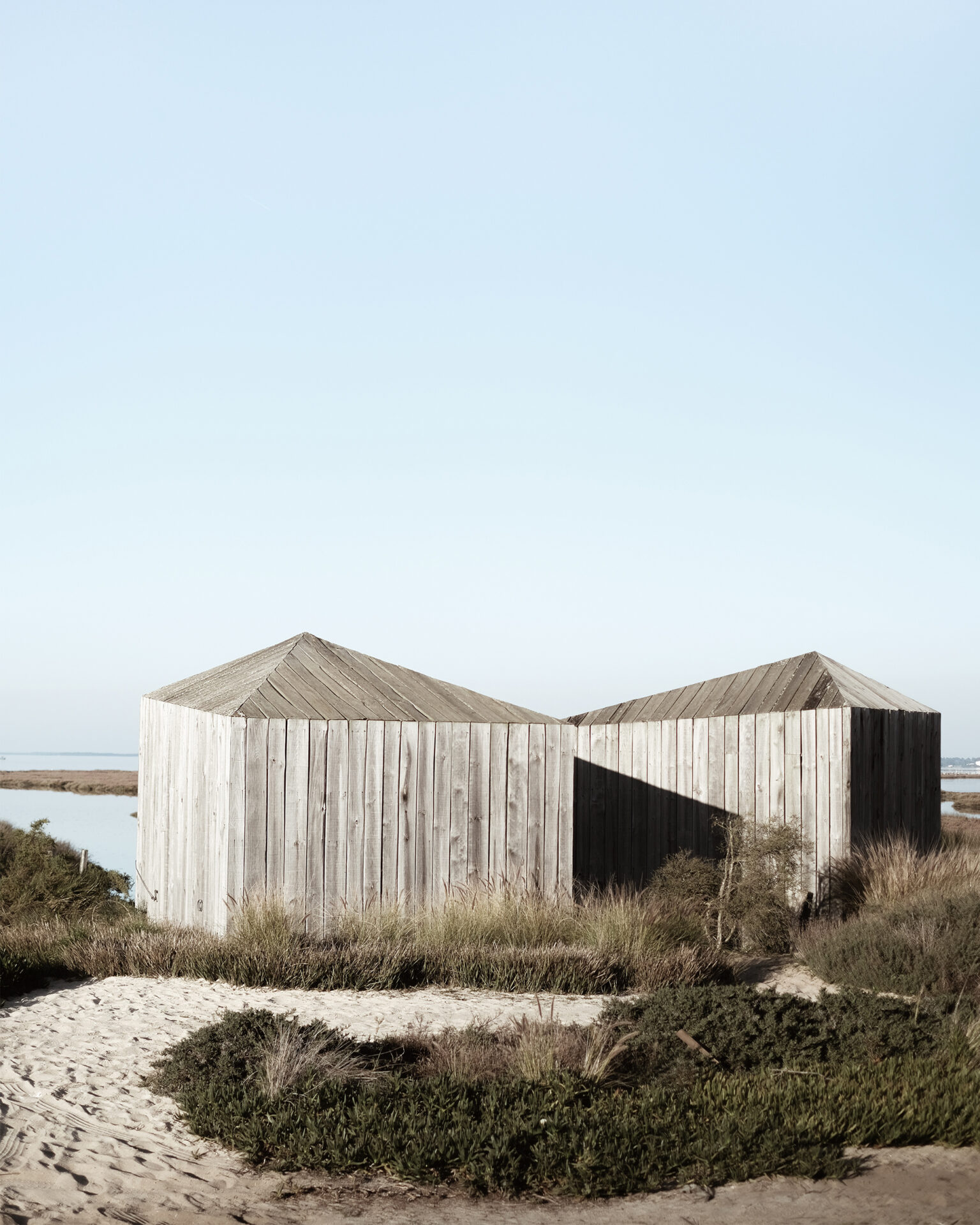
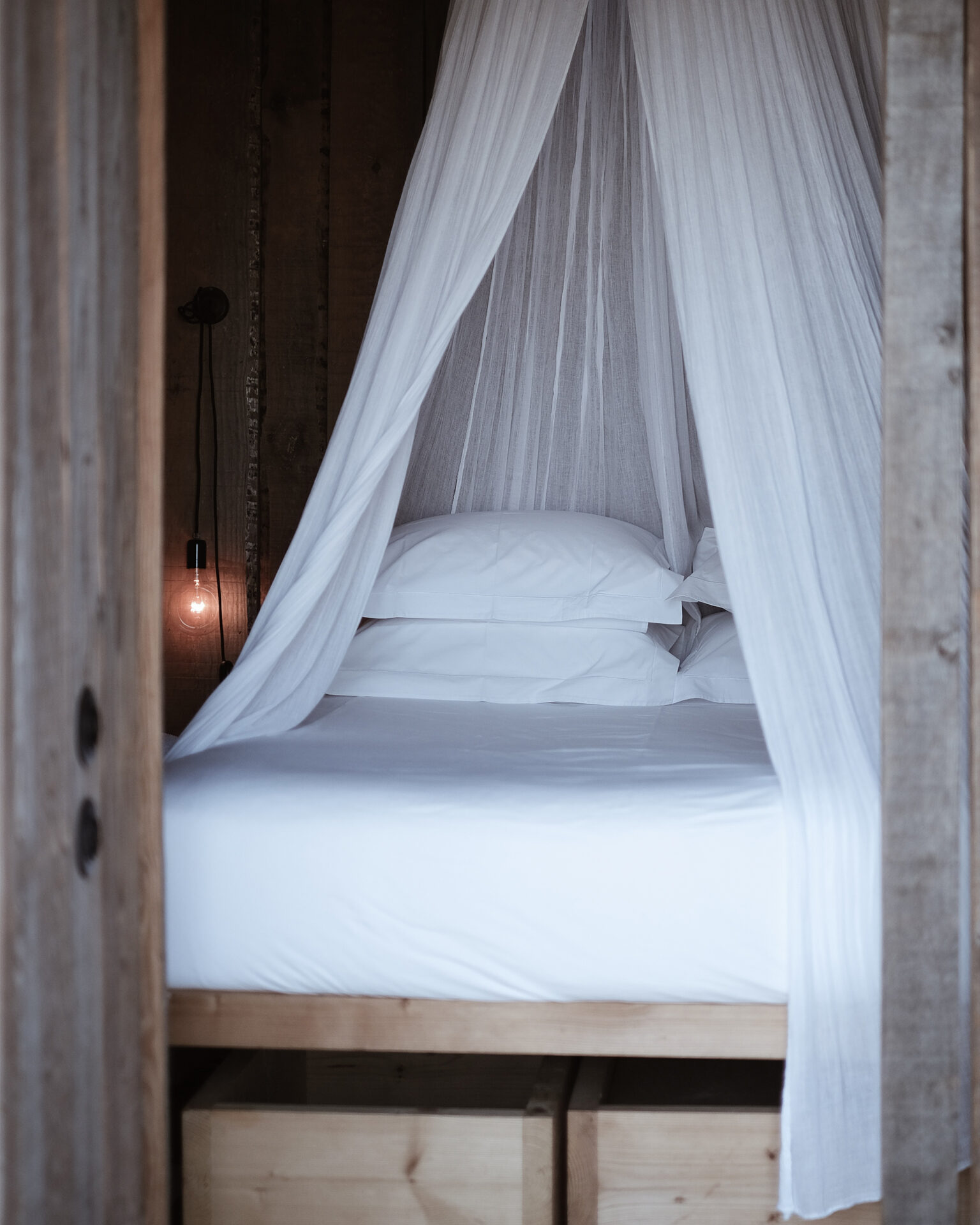
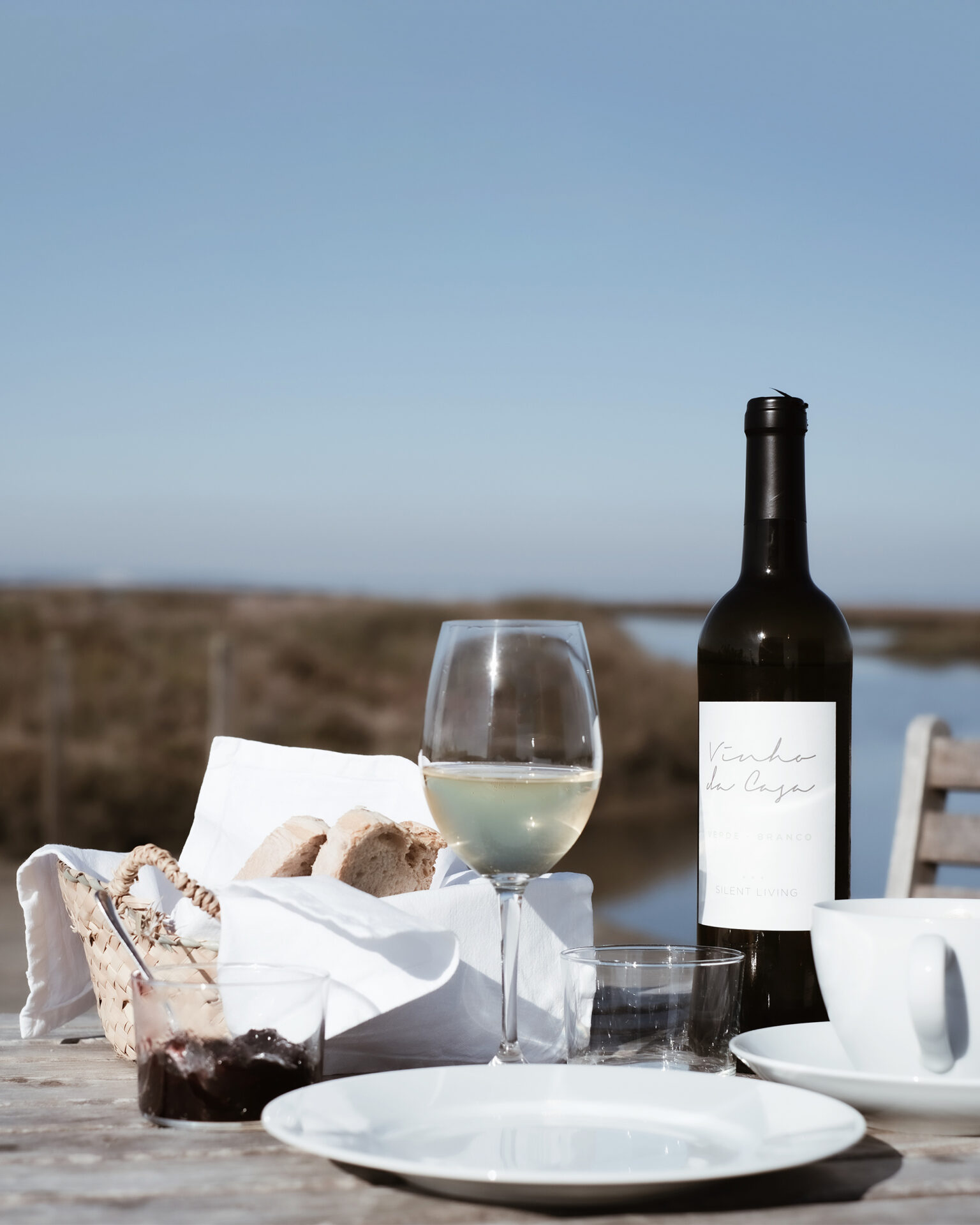
Rodrigues’ family farmhouse in Montemor-O-Novo was next to join Silent Living; dubbed Casa No Tempo, the property was home to Rodrigues’s grandfather before it was gifted to the next generation. Set back from the coast, an hour east of Lisbon, the large open space has been designed to withstand the blisteringly hot Portuguese summers. The ample interior is housed within extremely thick walls, and the property is painted in white to reflect the heat of the sun. “There is a reason behind each of our houses, and that’s why they’re all so different to one another because here in Portugal you can drive for half-an-hour and you could be in a completely different region – the weather could be different, the people, the food, even the dialect can be different – and so we alway try to be very very local, we try to represent all the ingredients that are specific to each house.”
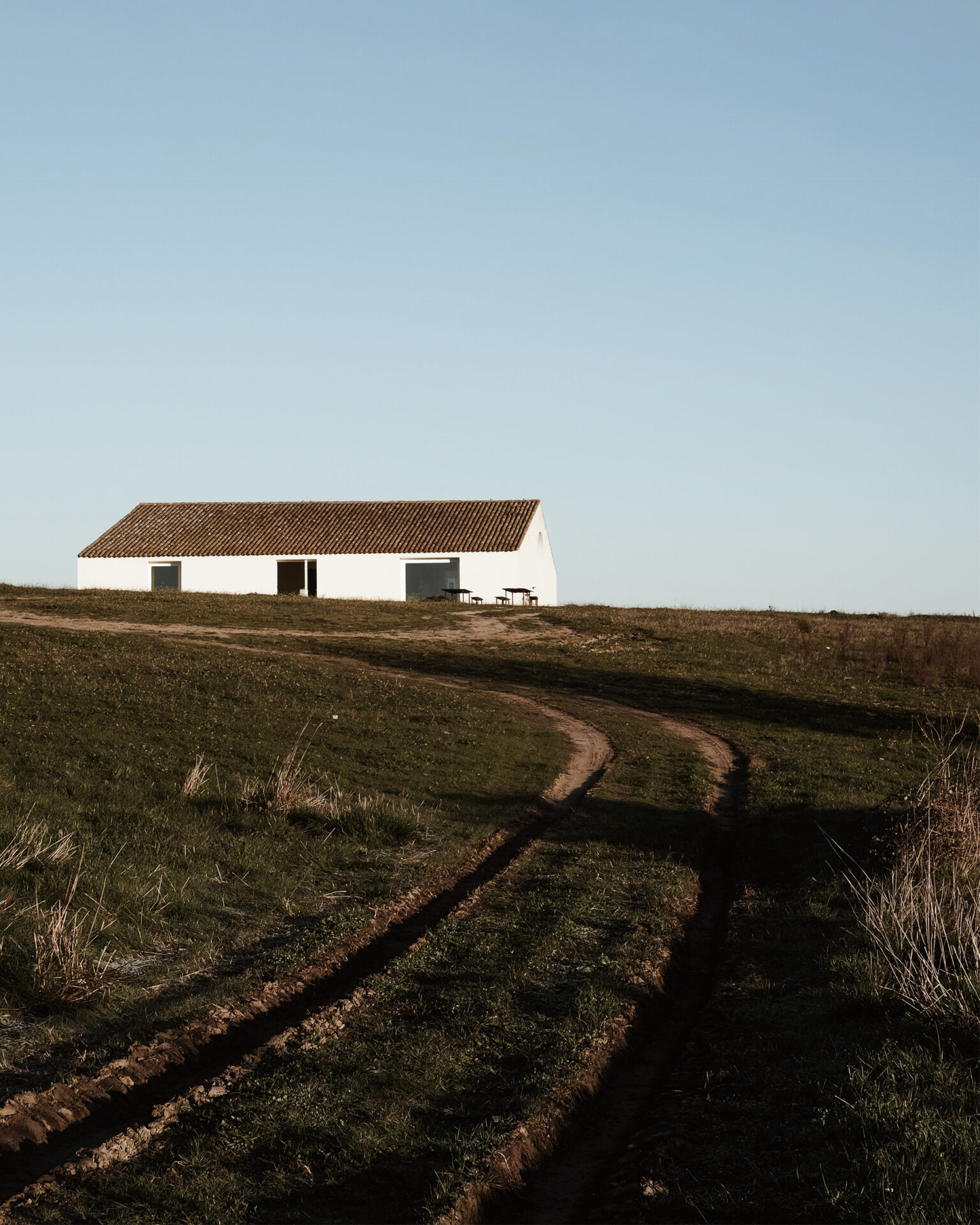
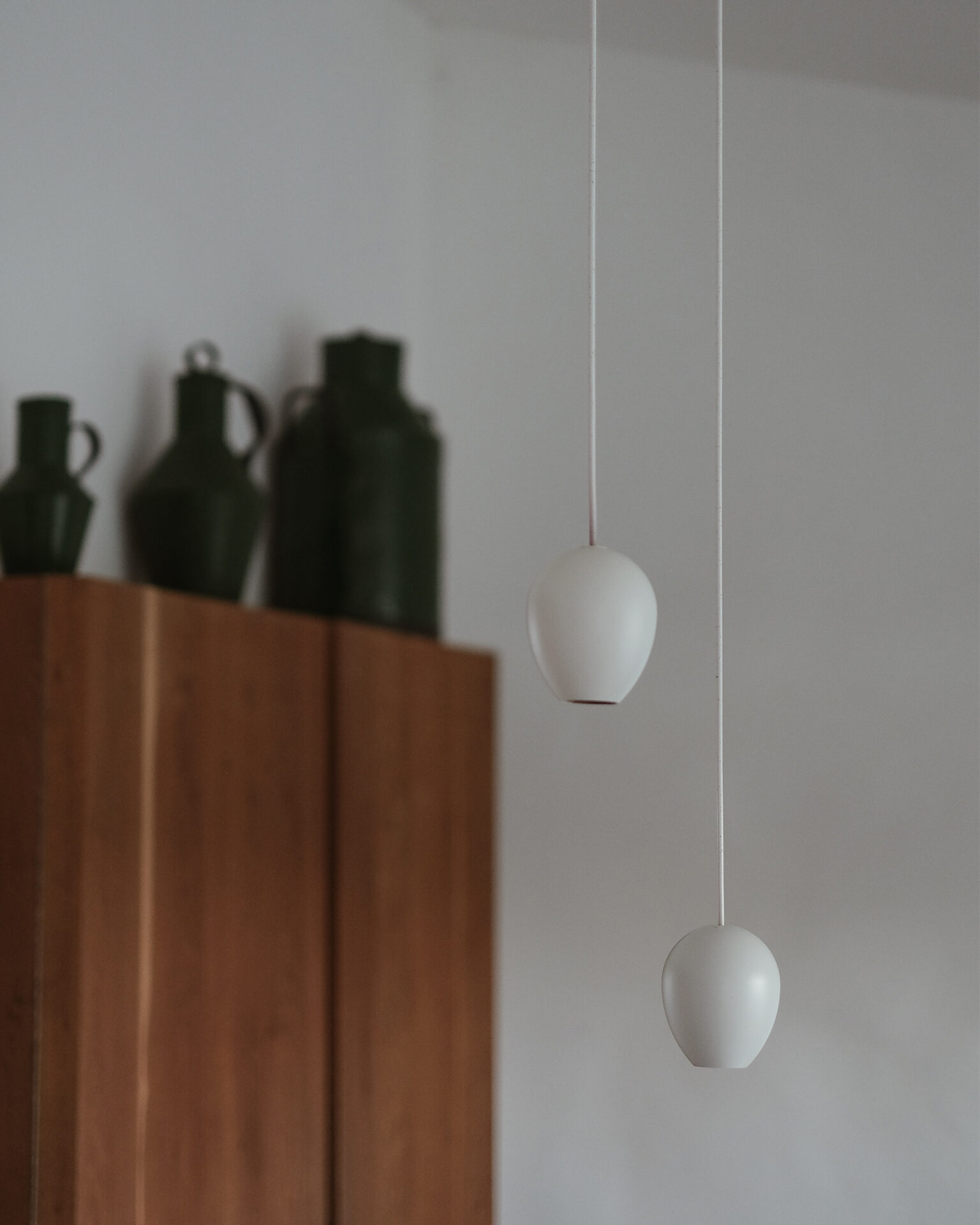
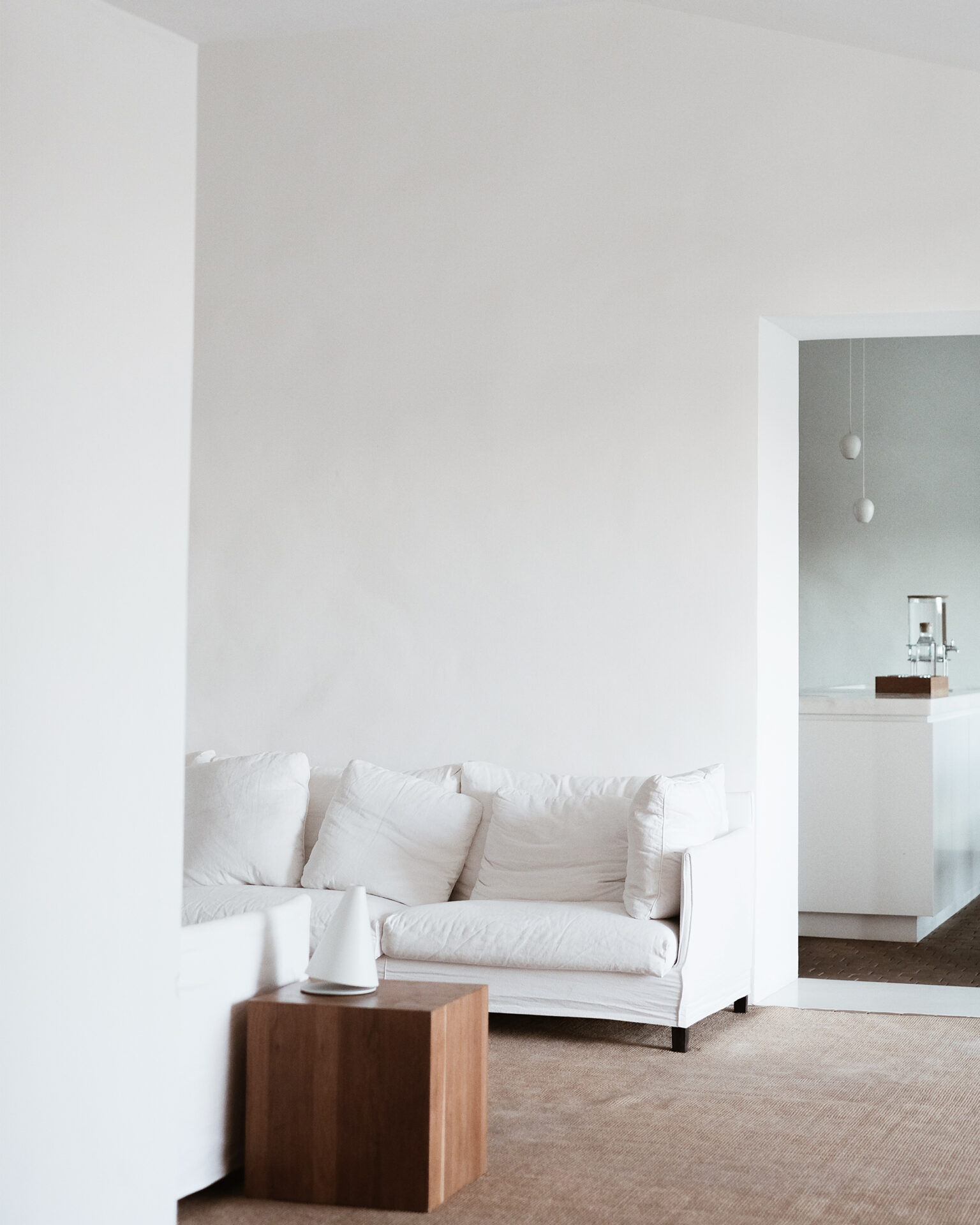
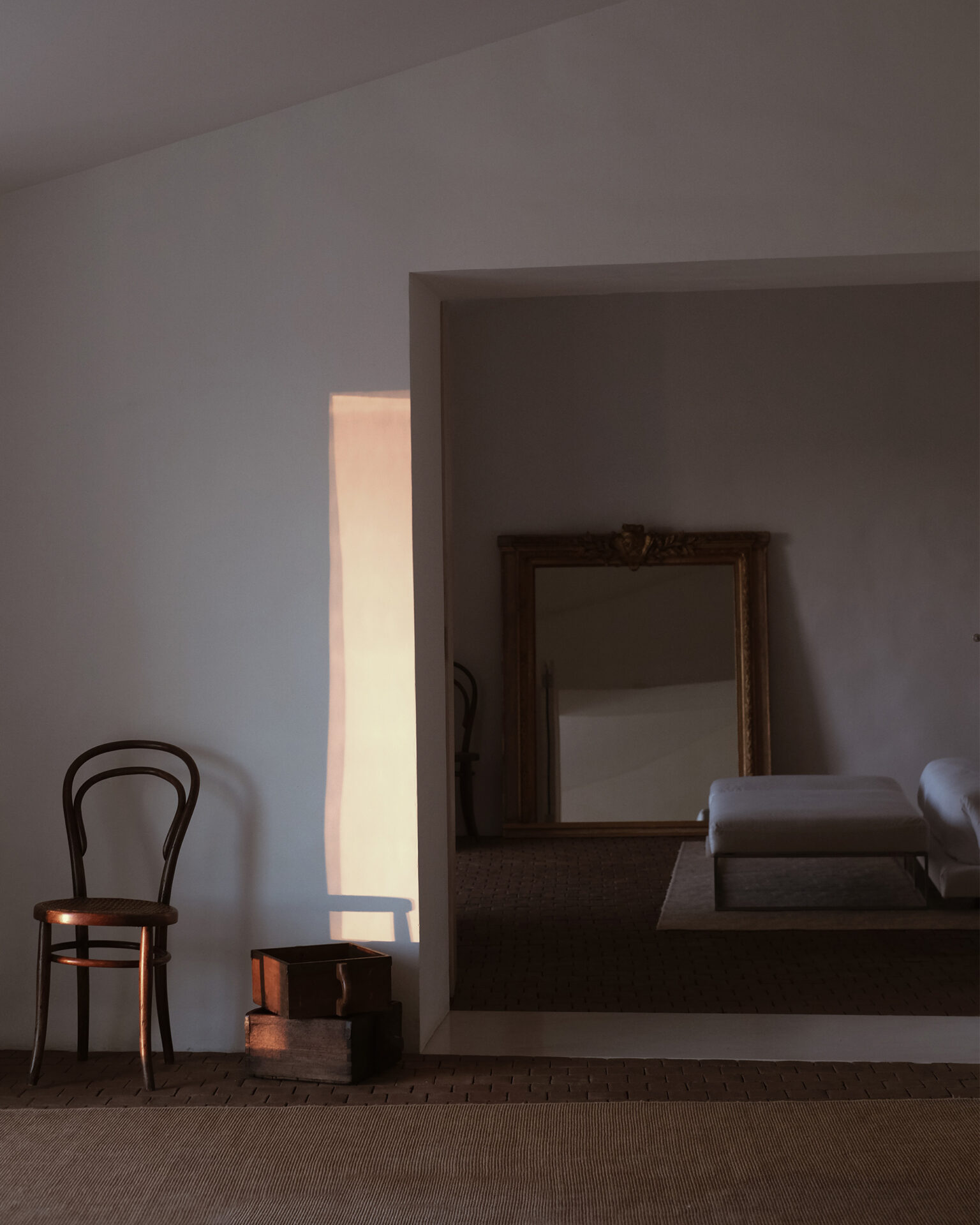
Santa Clara 1728 offers the same thoughtful and considered experience, but this time in the centre of the Portuguese capital. Housed in a stunning 18th century building in the old cultural quarter of Lisbon, the six suites of Santa Clara 1728 overlook the river that runs through the city, and guests can enjoy the courtyard garden and the family-style meals at the oversized kitchen table. A place of connection and quiet, guests at Santa Clara 1728 can oscillate between the tranquillity and calm of this magnificent building and the perpetual motion of the city beyond its doors.
Home is hard to describe, but easy to recognise – it is both a place and a feeling. At Silent Living João Rodrigues combines architecture, design and hospitality to create a sense of home that is as comforting as it is intangible.
